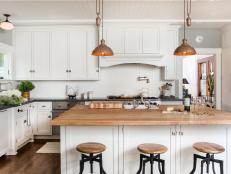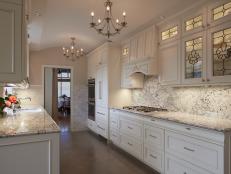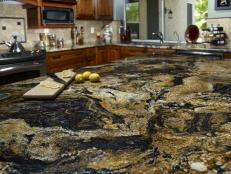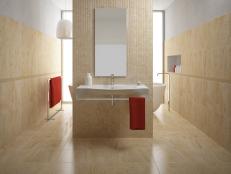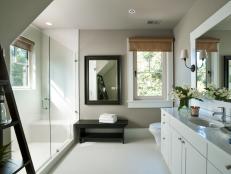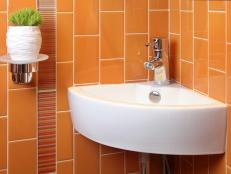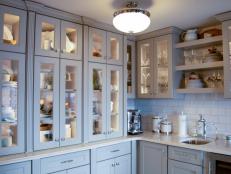Tile Kitchen Countertop
Not just for floors and walls, tile makes a durable counter surface.
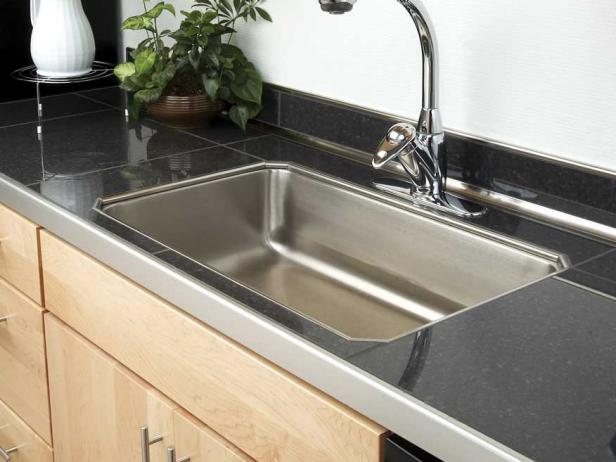
Kitchen Countertops
Set the tone of your kitchen design with the right countertop.
While many homeowners reserve tile for floors and backsplashes, tile countertops can be an excellent—and affordable—option. Ceramic tile is impervious to heat and water, and when properly glazed, it won't stain. Proper sealant helps ensure grout won't discolor or stain, and large-format tiles cover a lot of area with minimal grout lines. Still most popular out west, ceramic tile is a solid option worth a second look.
What Is It? Tile is a hard surface formed from firing clays and minerals.
Affordable Kitchen Countertops That Look Like a Million Bucks 30 Photos
Perk up your kitchen without draining the bank with these kitchen countertop ideas.
Considerations When Choosing Tile Countertops
Hardness and Thickness. Tile for countertops should be a Class 3 hardness rating on the Porcelain Enamel Institute (PEI) scale. Standard countertop tile thickness is 5/16 inch, though a quarter inch is also used.
Tile Types. Two types of tile are most popular.
- Ceramic. The most common and least expensive option, ceramic tile is crafted from pressed clays and finished with a glaze. The glaze is what gives the porous material protection from water and stains.
- Porcelain. Composed of clays and minerals fired at higher temperatures, porcelain is a durable surface. It is pricier and more difficult to install than ceramic.
Design Details. Consider the following elements when choosing a tile countertop.
- Size. Choose from a variety of sizes, from tiny mosaics up to 48-inch squares. One caveat: the smaller the tile, the more grout lines you'll see, which can equate to more cleaning for you.
- Finish. Options include smooth glazed, matte, hand-painted, crackled and printed. Keep in mind that less glossy finishes can help mask damage.
- Grout. Grout can be tinted to match or contrast, depending on the desired look.
- Accents. Tile can be inlayed near the range as an integrated trivet or seamlessly installed up the wall for a matching backsplash.
Maintenance. Wipe the countertop with a soft cloth and warm water daily. Non-oil-based household cleansers are suitable. Avoid using ammonia, as it can discolor grout.
The Bottom Line. Tile complements a variety of styles, whether traditional, contemporary or Southwestern. The heat-resistant material is ideal around ranges and cooktops, but its uneven surface isn't ideal for baking centers.







